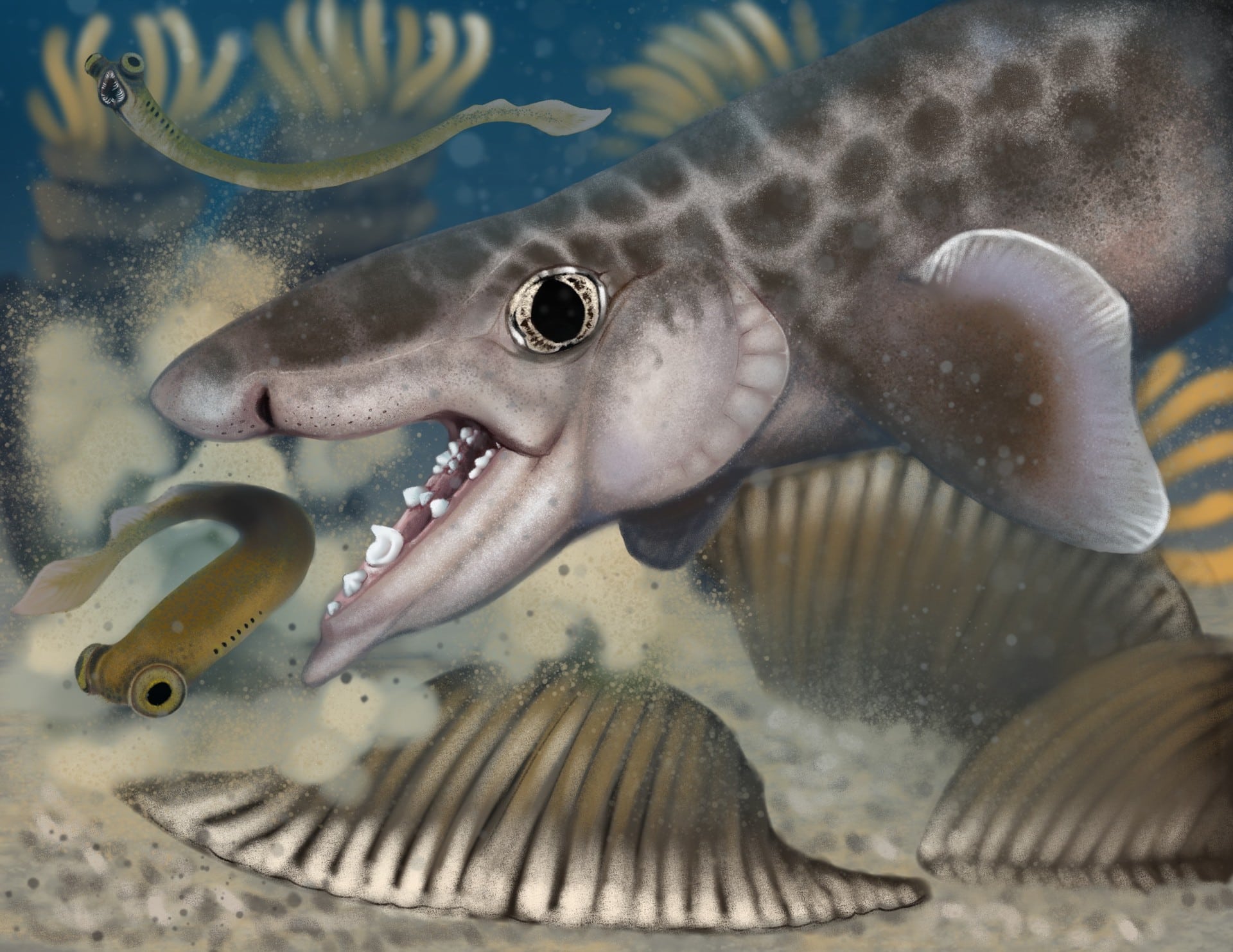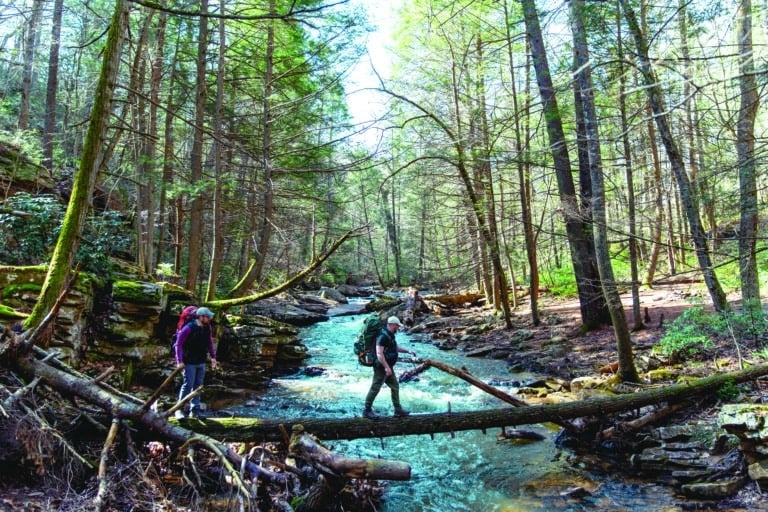Known for its rich history of paleontological finds, Kentucky’s Mammoth Cave National Park has one of the most diverse ancient shark faunas in North America. Thanks to the park’s team of paleontologists, cave specialists, and park rangers, over 40 different species of sharks have been identified in the park, and this summer, the park has discovered another new one.
Fossils of the Macadens Olsoni were discovered in the Ste. Genevieve Formation, a geological layer of limestone and shale that dates back around 340 million years. Back then, Mammoth Cave was a warm, shallow sea filled with life. According to park officials, experts believe the shark grew to less than a foot. Its most notable feature is a curved row of teeth described as a “unique tooth whorl,” designed to crush small prey.
“This discovery is a remarkable addition to our understanding of ancient marine life and underscores the importance of preserving and studying our natural history,” said park superintendent Barclay Trimble. “Every discovery connects the past with the present and offers invaluable educational opportunities for students and the public.”
The name of the newly discovered shark is a tribute to both Mammoth Cave and Rickard Olson, a retired park scientist who contributed to the park’s Paleontological Resource Inventory that began in November 2019 to identify fossils associated with the park’s exposed rock layers.
More info about other paleontological finds in Mammoth Cave National Park can be found here.
Cover photo: Proposed reconstruction of the new to science species Macadens olsoni, discovered through fossil research at Mammoth Cave National Park. Art by Benji Paysnoe courtesy of NPS.








